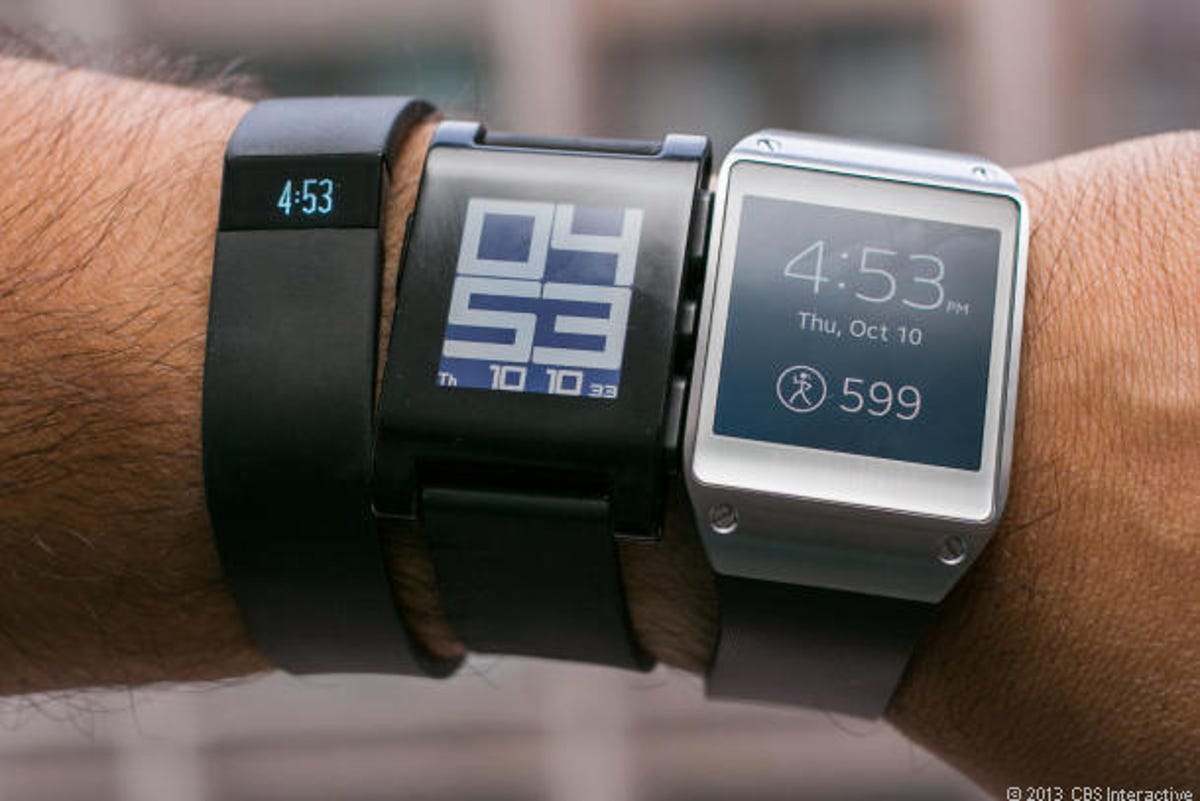How do you make a successful gadget? In our online, mobile, cloud-connected world, it’s not enough to build a better mousetrap.
At the first Wearable Technology Show in London, Fitbit has laid out its principles, providing a handy guide to developing a smart gadget.
Fitbit has had a painful start to the year, having to recall up to a million Force fitness-tracking wristbands due to reports that they’ve irritated the skin of at least 10,000 wearers. It seems the company still has plenty to learn when it comes to design and testing, but as one of the leading wearable-tech pioneers, Fitbit’s obviously doing something right in terms of developing products that are suited to the principles of our increasingly connected world.
Gareth Jones, Fitbit’s vice president for Europe, Africa, and the Middle East, laid down the commandments of the modern gadget at the Wearable Technology Show on Tuesday, highlighting the importance of ecosystems, openness, and fitting seamlessly into a person’s life.
It’s got to be more than hardware
Fitbit makes a number of different health-tracking devices, including the Ultra clip, the Flex wristband, and the Aria Wi-Fi scale. But Fitbit is more than just hardware: in the mobile, wireless, cloud-connected age, Fitbit is an ecosystem, consisting of apps and online and cloud elements, all complementing the tracker to actually make sense of the data you collect.


Sarah Tew/CNET
Not only does the hardware track your comings and goings, buying the device means you pay once to become part of the ecosystem, with no ongoing subscription.
Anywhere and everywhere
Fitbit is adamant that wearable devices must work on Android, on Windows, on any platform — in stark contrast to Nike, which has tied its Nike+ app to only Apple devices in exchange for a closer relationship with Apple dating back more than six years.
You can still use Nike+ online if you have an Android phone in your pocket, but even four months down the line from the launch of the FuelBand SE, Nike confirmed to this reporter on Tuesday that “we don’t presently have plans to release an Android version of the app.”
Fitbit also syncs directly with more than 30 devices, rather than syncing with the cloud. And there are other platforms that consumers are invested in — in this case, fitness apps such as Endomondo or RunKeeper. Once Fitbit or Nike or Apple have got you they want to keep you, but they also have to consider that people want choice and flexibility.
Something people want — and enjoy
According to Fitbit, we as consumers want a choice of what type of gadget we use, such as in Fitbit’s case the choice between clip-on trackers or wristbands or scales. And we want our gadgets to be easy to use, to fit in with our other tools and toys, and to give us seamless continuity with what we’ve done before so we can feel like we’re building on past efforts. Oh, and we also want them to not give us a rash, okay guys?
Affordable
Right? Because money doesn’t grow on trees.
A money maker
We know what consumers want, but what about retailers? Shops want big margins.
Only the beginning
One of the recurring themes at the Wearable Technology Show is that wearable kit is still in its infancy.
“People ask me what things are going to be like in 10 years time,” Jones said. “I tell them I don’t even know what it’s going to be like in two years. We’re at the start of a revolution.”
Wearable Technology Show dons fitness trackers, smart shorts (pictures)









